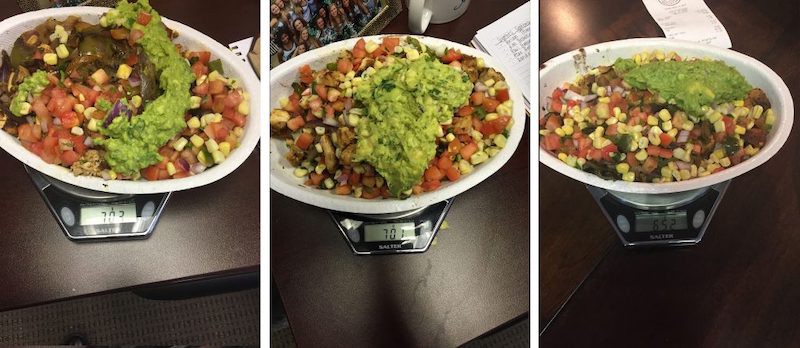Business Insights
I have always been a fan of saying please and thank you. From someone holding the door to getting fast food, it does not cost you anything to be nice, say please and thank you and possibly make someones day.
As someone who owns several businesses in the consulting world, I often think about the customer/service provider relationship. At the end of the day, happy customers are the key to my business’ growth, and putting out fires is what I do daily.
Knowing the day-to-day responsibilities of all my employees, I wanted to flip the switch on the conventional perspective that the customer is always right. Is it be possible that a customer has the ability to control their experience more than they know? Would a happy, pleasant customer receive better service than a negative one? After all, we’re all human at the end of the day.
I put that theory to test with a simple, but nonetheless indicative, experiment.
Do kind and friendly customers get treated better than customers who are unpleasant or over-demanding?
Below we have please and thank you

The control for the experiment was one particular Michigan branch of Chipotle, the American fast food chain specializing in tacos and burritos. A popular lunch spot for many of my employees, I wanted to see whether customers would receive more or less food depending on their manner toward the store staff — to see whether there would be any correlation between kindness and level of service.
I sent one of my great employees, Evan, into the Chipotle for lunch and instructed him to be kind and pleasant. He wore a smile when ordering his meal, said ‘please’ and ‘thank you’ after every interaction, and portrayed the traits of a generally agreeable customer. We then took the food he received and weighed it for an exact measurement.
Next, we sent Evan back into the same Chipotle but instructed him to display the traits of an unpleasant customer. He wore an angry expression, did not engage in any niceties, and was generally mean and disagreeable. We took the food he received and put it on a scale to compare.
We did this test six times in total, making three trips as a happy customer and three as a horrible one.
Here are our results:
Nice Evan

Not so nice Evan

The kind customer, on average, received more than 75 grams more food than the mean customer. That’s over 2.5 ounces more food, just from being kind!
The kind customer received orders of 833g, 730g, and 722g, and the mean customer received orders of 701g, 703g, and 652g.
Even if you argue that human error can come into play with food service, it’s hard to argue with the difference in amounts of food in this case. I know this sampling size is really small and serving size will vary from server to server but we found this to be a fun test anyway.
Even the most amount of food Evan received as an unhappy customer did not come close to least amount of food he received as a happy customer.
And the discrepancies can be huge, too! Imagine receiving nearly 200g’s more food just from being kind — which is possible taking our highest amount against our lowest amount received!
So the next time you’re hungry and want a bit more bang for your buck, be nice!
It’s amazing how far a smile, a please, and a thank you can go!

